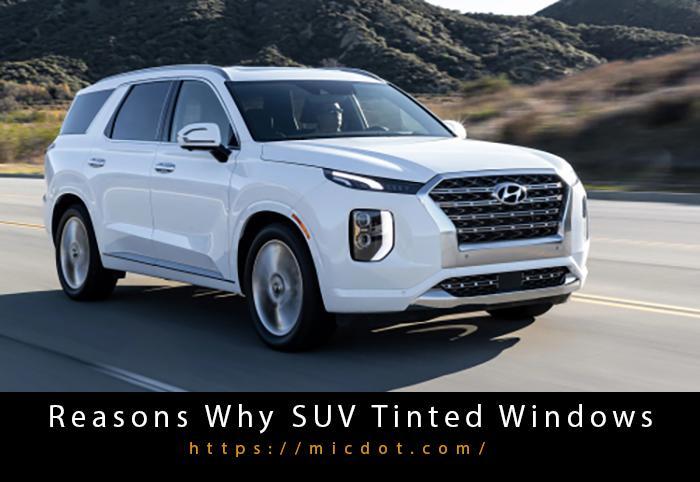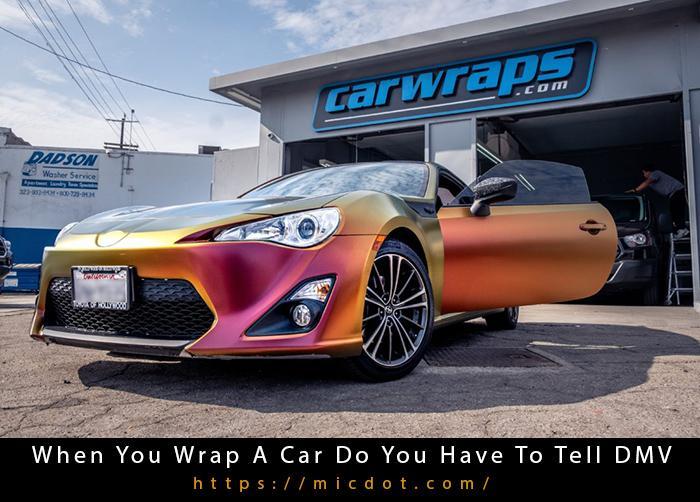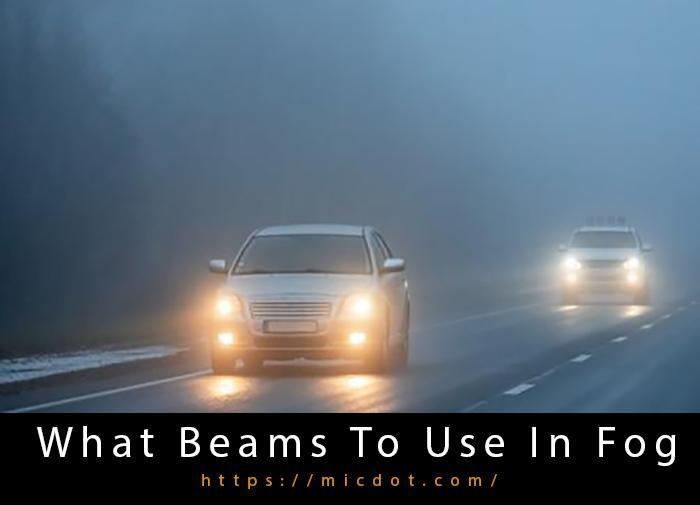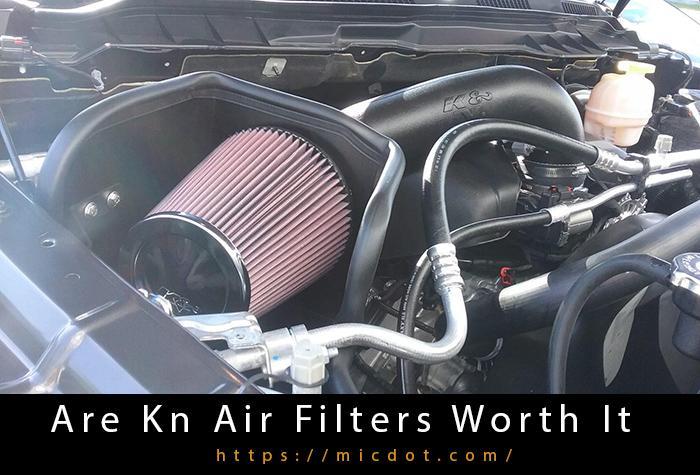Tinting an automobile is a popular choice for many drivers for a variety of reasons. For example, Floridians must have their windows tinted since the sun is so bright.
In the meantime, installing tints on a car can assist keep it safe if you live in an area where auto theft is common. Tints may appeal to some people for their aesthetic appeal.
You Are Watching: Indiana Legal Window Tint Updated 04/2024
For a variety of reasons, I’m sure many drivers in Indiana are interested in having their windows tinted.
This article’s goal is to inform you on the laws and regulations governing window tinting so that you can drive with confidence, comfort, and legality.
Are You Allowed To Have Tinted Windshield And Windows n Indiana?
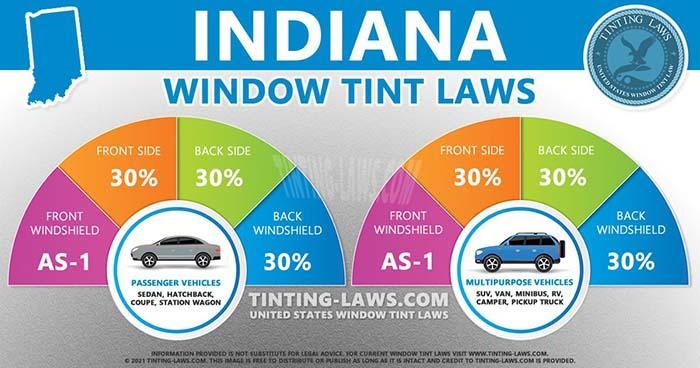
Yes, tinted windows are permitted for drivers in Indiana.
However, a non-reflective tint on a windshield can only be applied above the AS-1 line.
It’s not just that simple. Start by defining Visible Light Transmission (VLT), which stands for Visible Light Transmission. If you have a car with windows, this is the amount of light that can pass through them. To be legal, your tints must meet a certain percentage of this %.
This percentage is 30% in Indiana. Whether you’re in a sedan or a minivan makes a difference, too.
What Is The Darkest Tint You Can Legally Get In IN?
Most automotive windows can only be tinted up to 30%. Exceptions to this rule include:
Tint that is reflective can only be put on windshields below the AS-1 Line.
As long as it is applied several inches (no precise number is given) from the top of the window, any darkness level can be used on the back side and rear windows.
Is 20 Tint Illegal In IN?
Yes. You cannot have 20% tint in Indiana because the legal limit is 30%.
Can You Get Pulled Over For Tinted Windows In Indiana?
Yes. Police officers can stop automobiles equipped with tinted windows, even though the tinting may or may not be in compliance with state law, thanks to a 5-0 decision by the State Supreme Court in 2013.
Read More : Can A Fuel Pump Relay Work Intermittently Updated 04/2024
The tint law makes it illegal to drive a car with side, rear, or front windows tinted so darkly that no one inside the car can see the occupants.
Although the statute stipulates that if you can prove that the VLT percentage is at least 30%, the offense will be dismissed.
How Much Is A Tint Ticket In IN?
From county to county, the penalty will differ. A window tint fine in Howard County, for example, appears to cost $159.
If a driver confesses and fixes the error, he or she is fined $75 in Marion County. However, if they fail to fix their tinting and respond to the allegation, this fine doubles.
It is possible to challenge traffic tickets in court, but drivers could face a $500 punishment if they lose.
It’s preferable to stick to the legal limit of 30% to prevent run-ins with the police or courts because there are so many differences and considerations that play into how much you could pay if stopped.
Window Tint Darkness In Indiana
Let’s get into the nitty-gritty of window tinting in Indiana now.
Whether you’re in an MPV (multi-purpose vehicle) or a passenger car makes a difference, as previously stated.
Passenger vehicles include sedans, convertibles, coupes, station wagons, and hatchbacks. Cargo room, cargo beds, and third-row seating are lacking in these vehicles.
MPVs, on the other hand, include SUVs, utility/panel vans, crossovers, pickup trucks, and RVs, among other vehicles. An MPV is a vehicle designed to transport more than five people and may also be used for work or utility purposes, or it may even have a sleeping area.
If you’re not sure what you have, look for the Federal ID in the driver’s door frame. It will reveal the make and model of your vehicle.
For Passenger Vehicle
Above the AS-1 line, you may use a non-reflective windscreen tint.
Windows on the front side of the house must let in at least 30% of the available light.
A minimum of 30% of the light must be allowed to pass through the back windows.
Read More : Subaru Head Gasket Problems Updated 04/2024
Rear window: More than 30% of the available light must enter through the window.
For MPV (Multi Purpose Vehicle)
Above the AS-1 Line, non-reflective tint is allowed on the windshield.
Windows on the front side of the house must let in at least 30% of the available light.
A minimum of 30% of the light must be allowed to pass through the back windows.
A few inches (there isn’t a specific length specified) out from the top of the glass, any darkness can be employed to obscure the view out the rear window.
Window Tint Reflection In Indiana
Reflective tint is excellent for reducing glare and light influx. It also aids in the reduction of heat.
If you’re using reflective tints in Indiana, make sure you don’t exceed the state’s authorized amount of reflection.
For Passenger Vehicle
Reflection on the front side window should not be more than 25%.
Reflection must not exceed 25% on the back side of the window.
For MPV (Multi Purpose Vehicle)
Reflection in the Front Side Window must not exceed 25%.
Reflection must not exceed 25% on the back side of the window.
How Do You Get A Medical Exemption For Window Tint In Indiana?
In Indiana, tints can be exempted on the basis of a medical need. This certification must be signed by an Indiana-licensed optometrist or physician, and you must keep it with you at all times when you drive with tints darker than the legal limit.
Your optometrist or physician must renew their credentials every year.
Conclusion
It is my goal that this post has assisted you in determining whether or not tints are the right choice for you. Especially if you live near the Florida-Georgia border, where temperatures may soar, they make a huge difference in keeping your car cool and comfortable.
In order to prevent fines or costs due to tints that are excessively dark, it’s best to have them applied by a competent dealer so that you are safe and within the legal limitations.
Sources: https://micdot.com
Category: Car






